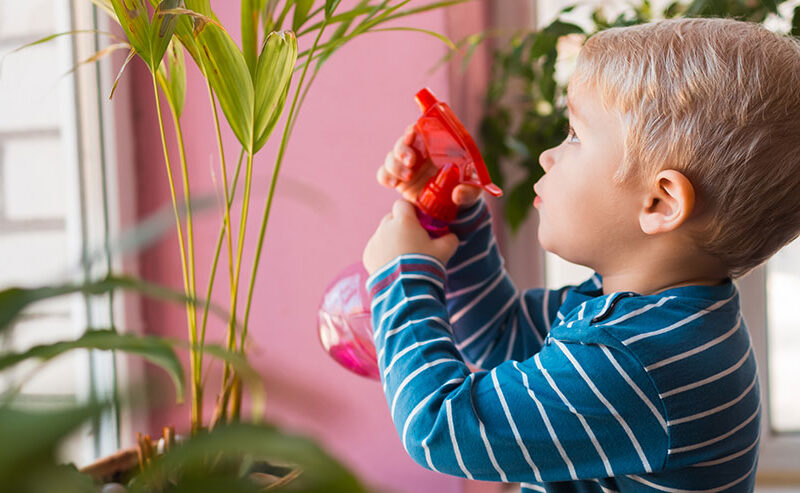How are toys marketed differently to boys and girls?
How are toys marketed differently to boys and girls? https://mediatrics.com/wp-content/themes/corpus/images/empty/thumbnail.jpg 150 150 Mediatrics Mediatrics https://mediatrics.com/wp-content/themes/corpus/images/empty/thumbnail.jpgQ: Recently I saw a pink, flowered version of the Ouija board for girls ages 8 and up. I would love to know more about how toys get marketed differently to boys and girls. Are there toys that are marketed to children that may not be appropriate for them?
Wondering about Ouija, Boston, MA
A: Dear Wondering,
You make a keen observation that marketing can make all kinds of things seem geared toward young children. In this culture, the color pink immediately cues consumers that a given product is probably intended for young girls. And you’re right that the product itself doesn’t have to be appropriate or optimal for young girls in order for it to attract their attention.
If you walk into a toy store, you’ll see a divided world, with aisles full of pink and purple for girls, and gray, metallic, and blue for boys. The division is just as stark on TV. Commercials geared toward boys are high paced with fast cuts, lots of noise, and lots of action. Advertisements geared toward girls are sparkly and pastel, and they use camera techniques that are soft and dreamy. But these marketing strategies don’t simply attract buyers; they send messages to children about what it means to be a boy and what it means to be a girl.
In the case of this Oujia board, the marketing was designed to appeal to a specific age and gender. Marketing works the same way with foods—notice that in any grocery store right now, you’ll find chocolate wrapped in pink, blue, and yellow for Easter and spring. But in October, the same chocolate is wrapped in black and orange to make it seem appealing for Halloween. You probably already have an idea of whether that chocolate is something you want your child to have, regardless of the color it’s wrapped in. You likely decide whether to buy the chocolate based on the ideas you have about nutrition, rather than what the packaging looks like.
I recommend that you think of toys, TV shows, and video games in the same way you would consider the chocolate—by looking past the marketing and thinking about whether the contents are something you want your child to own or experience.
Enjoy your media and use them wisely,
The Mediatrician ®




